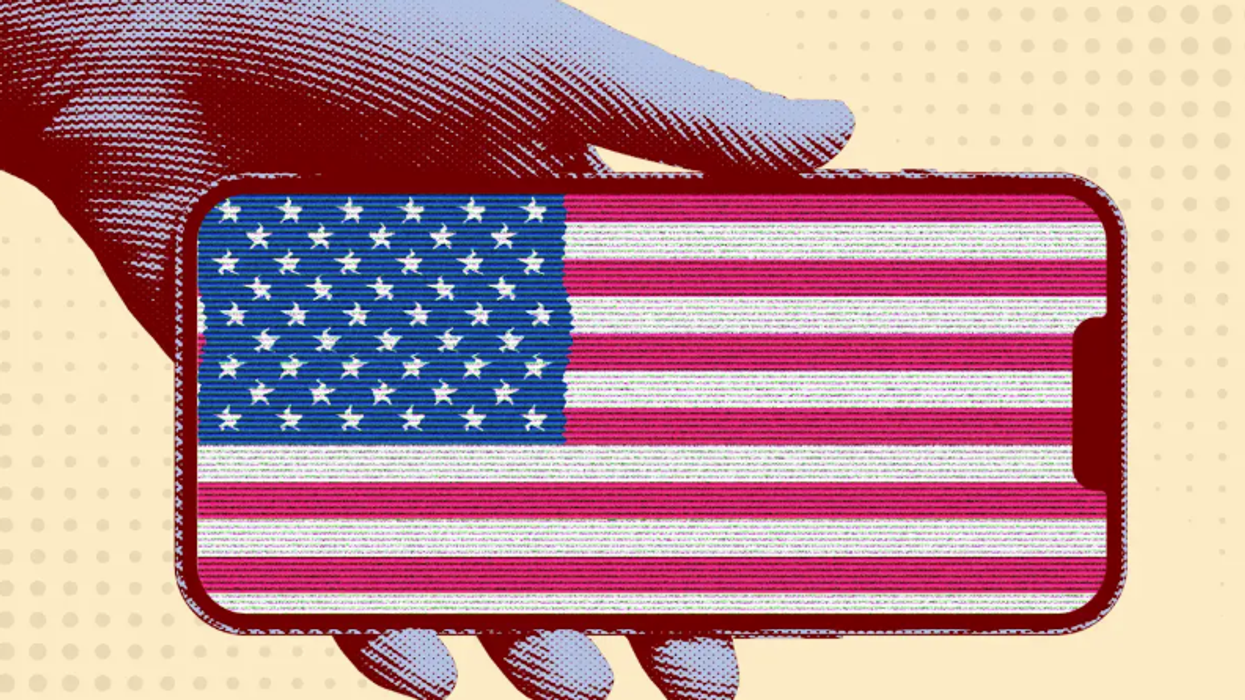Scheinbaum,is an associate professor of marketing as Clemson University.
As an expert in consumer behavior, I recently edited a book about how social media affects mental health.
I’m also a big fan of Taylor Swift.
So when I listened to Swift’s latest album, “ The Tortured Poets Department,” I couldn’t help but notice parallels to the research that I’ve been studying for the past decade.
It might seem like an outlandish comparison. What can the bestselling album of 2024 have to do with research into the dark side of social media?
But bear with me: Taylor Swift lives in the same social media-saturated universe as the rest of us. That may be why the melancholic themes of her album resonate with so many people.
With young people out of school for the summer and spending free time on social media, now is a time to put on some tunes and think about mental health and what is called “consumer well-being” in the transformative consumer research area of scholarship.
Here are three Taylor-made takeaways that shed light on some of the themes in my latest edited book, “ The Darker Side of Social Media: Consumer Psychology and Mental Health.”
Lesson 1: Modern life through the social media lens can get you down
If you’ve been feeling out of sorts lately, you’re hardly alone: Anxiety and depression can be exacerbated by overuse of social media, research summarized in Chapter 1 shows. And social media use is on the rise.
The average American teenager spends nearly five hours every day scrolling TikTok, Instagram and the like, polling shows, while adults clock more than two hours a day on social media. Such could be compulsive social media use and overall overuse.
Digital life can simulate addiction and sometimes manifest as a distinct form of anxiety called “disconnection anxiety,” researchers Line Lervik-Olsen, Bob Fennis and Tor Wallin Andreassen note in their book chapter on compulsive social media use. This can breed feelings of depression – a mood that recurs throughout “The Tortured Poets Department.”
Oftentimes, depression goes hand in hand with feelings of loneliness. Social media has, in some ways, made people feel even lonelier – nearly 4 in 5 Americans say that social media has made social divisions worse, according to Pew Research. In our book chapter, my graduate student Betül Dayan and I consider the prevalence of loneliness in the digital world.
The pandemic showed the world that social media relationships can’t replace physical company. Even celebrities with hundreds of millions of followers simply want someone to be with. In the song “The Prophecy,” Swift sings of loneliness and wanting someone who simply enjoys her presence:
Don’t want money/ Just someone who wants my company ( “The Prophecy”)
Lesson 2: Comparisons will make you miserable
Social media is a breeding ground for comparisons. And since people tend to portray idealized versions of themselves on social media – rather than their authentic selves – these comparisons are often false or skewed. Research has shown that people on social media tend to make “upward comparisons,” judging themselves relative to people they find inspiring. Social media can breed false comparisons, as what someone is aspiring to may not be authentic.
This can lead to what researchers call a “negative self-discrepancy” – a sense of disappointment with one’s failure to meet a personal ideal. As researchers Ashesh Mukherjee and Arani Roy note in their book chapter, social media makes people more dissatisfied with their own sense of control, intelligence and power. This, in turn, can worsen stress and anxiety.
The theme of comparisons comes through loud and clear in the song “ The Tortured Poets Department,” in which Swift castigates a partner with literary pretensions – and herself for dating him. Swift may be the most rich, famous and successful pop star on the planet, but comparing yourself with even more heroic figures is sure to make anyone feel worse:
You’re not Dylan Thomas, I’m not Patti Smith. This ain’t the Chelsea Hotel, we’re modern idiots. ( “The Tortured Poets Department”)
Lesson 3: Bullying isn’t a minor problem
In today’s social media-focused world, bullying has transitioned to online platforms. And arguably, platforms breed bullying: People are more likely to engage in cruel behavior online than they would face to face.
Policymakers increasingly recognize bullying as an important political concern. In their book chapter, researchers Madison Brown, Kate Pounders and Gary Wilcox have examined laws intended to fight bullying.
One such effort, the Kids Online Safety Act, which among other things would require online platforms to take steps to address cyberbullying, recently passed the U.S. Senate.
Lawmakers aren’t the only ones taking bullying seriously. In her latest album, Swift refers to bullies in her own life as vipers who “disgrace her good name” and who say insults that stick with her for a long time. Themes of reputation and bullying have run throughout Swift’s entire body of work – hardly surprising for someone who has lived such a public life, both online and off.
I’ll tell you something ’bout my good name. It’s mine alone to disgrace. I don’t cater to all these vipers dressed in empath’s clothing. ( “But Daddy I Love Him”)
It is not known whether overall social media use or overuse alone causes some of these outcomes, but our research does demonstrate that in many ways there’s a darker side to social media when it comes to consumer well-being – even for celebrities. So if you’re going to see the Eras Tour in Europe this summer, you might want to leave your phone back at the hotel.![]()
This article is republished from The Conversation under a Creative Commons license. Read the original article.



















